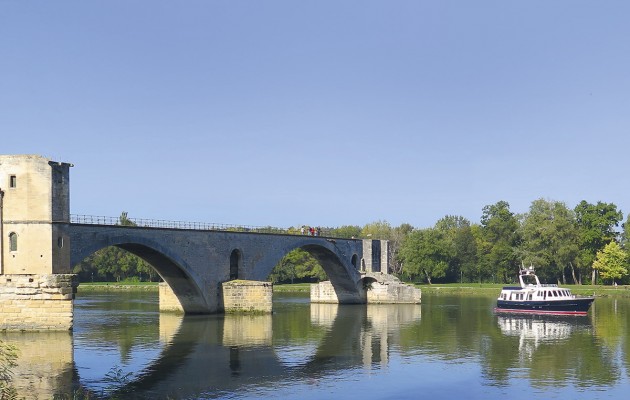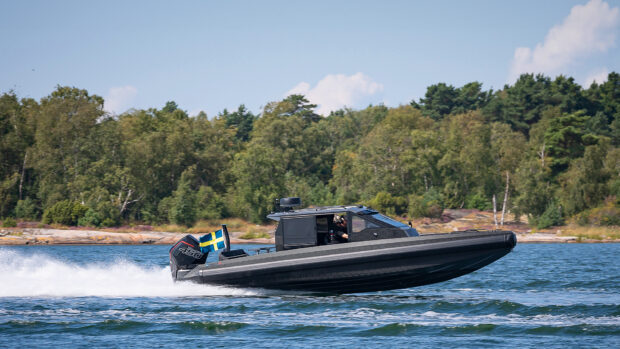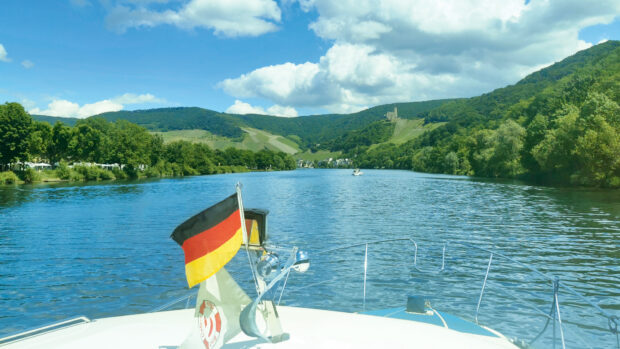In our latest series Howard Walker sets off from the Netherlands, heading to the Mediterranean via the French canals, but first he has a London stop-off in mind
Plotting a path south
There are three ways of moving 39 tonnes of Dutch-built steel trawler yacht from dreary northern Europe to the sunny Côte d’Azur, where our plan was to spend a sun-kissed summer quaffing chilled rosé and munching moules.
The easiest? Call up Lorries-R-Us to hire an 18-wheeler, book a crane and simply truck it the 760-odd miles south to the Med. Okay, it would require us writing a cheque for a non-trivial ten grand. But on the plus side, it would take four days max, instead of four months plus.
Alternative Number Two would be to go around the outside. It’s the preferred route for most boats our size.
Down the Channel, out around western France, across the frisky Bay of Biscay, around Portugal and Spain and in through the Straits of Gibraltar. A lot longer haul at around 1,500 miles, but a definite adventure.
Alas, for offshore newbies like ourselves, big open water with 30-foot tidal rise and falls, raging currents and Atlantic swells the height of small blocks of flats, ranked a little too high on our personal Fear-o-meter.
 Option three, and the one that sounded the most fun: go straight down the middle. Using France’s 5,000 miles of navigable rivers and canals, a boat can cruise from the English Channel all the way to the Med.
Option three, and the one that sounded the most fun: go straight down the middle. Using France’s 5,000 miles of navigable rivers and canals, a boat can cruise from the English Channel all the way to the Med.
Just take the Seine into Paris. Then the Marne to Épernay and the glorious Champagne region. From there it’s into the canal system proper, squeezing through the 280-plus locks that would take us on a roller-coaster ride over France’s central hills and mountains, down to the meandering River Saône and on to the huge, fast-flowing watery superhighway that is the Rhône. Door to door, a little over 1,400 miles. It sounded like a plan.
The only concern? Size. Back in 1897, one Charles de Freycinet, France’s minister of public works at the time, pushed through a law standardising the dimensions of all French canal locks at
128 feet long and 17 feet wide.
Bridges would have a minimum clearance of 11.4 feet. For some reason he failed to take into account that 119 years later a pair of novice boating ex-pats in a 56ft Dutch steel trawler with a supposed air draft of just over 11ft would want to pass under one of his bridges without losing
their heads.









